
| Recorded by: Jim Petranka and Becky Elkin on 2025-09-27
Madison Co.
Comment: | 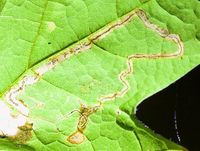
| Recorded by: Jim Petranka and Becky Elkin on 2025-09-27
Madison Co.
Comment: |

| Recorded by: Lior S. Carlson, Dean Furbish on 2025-08-12
Alamance Co.
Comment: | 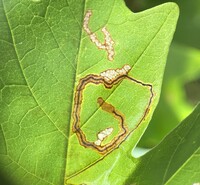
| Recorded by: Lior S. Carlson, Dean Furbish on 2025-08-12
Alamance Co.
Comment: |

| Recorded by: David George, Jeff Niznik on 2024-08-06
Transylvania Co.
Comment: | 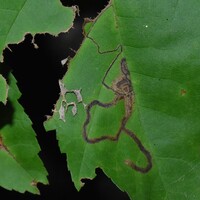
| Recorded by: David George, Jeff Niznik, Stephen Dunn on 2024-08-02
Chatham Co.
Comment: |
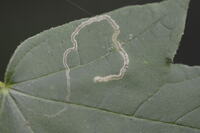
| Recorded by: Tracy Feldman on 2024-06-21
Chatham Co.
Comment: | 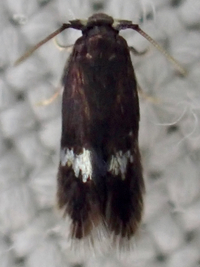
| Recorded by: tom ward on 2024-04-15
Buncombe Co.
Comment: |
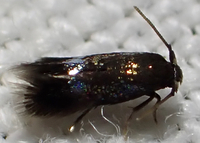
| Recorded by: tom ward on 2024-04-15
Buncombe Co.
Comment: | 
| Recorded by: David George, Becky Watkins on 2023-09-30
Chatham Co.
Comment: |
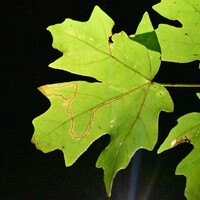
| Recorded by: David George, Jeff Niznik on 2023-08-14
Orange Co.
Comment: | 
| Recorded by: David George, Stephen Dunn on 2023-08-12
Caswell Co.
Comment: |
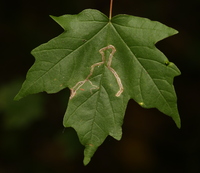
| Recorded by: David George, Becky Watkins on 2023-08-06
Orange Co.
Comment: | 
| Recorded by: David George, Stephen Dunn, Jeff Niznik on 2023-07-31
Swain Co.
Comment: |
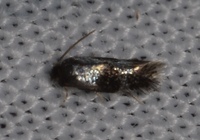
| Recorded by: David George, Stephen Dunn, Jeff Niznik on 2023-07-31
Swain Co.
Comment: | 
| Recorded by: Stephen Dunn on 2023-07-12
Orange Co.
Comment: |

| Recorded by: Stephen Dunn on 2023-07-12
Orange Co.
Comment: | 
| Recorded by: David George, Becky Watkins on 2022-10-09
Durham Co.
Comment: |
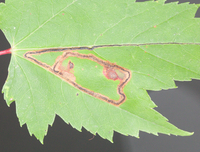
| Recorded by: Jim Petranka and Becky Elkin on 2022-10-06
Burke Co.
Comment: | 
| Recorded by: David George on 2022-10-04
Durham Co.
Comment: |

| Recorded by: David George on 2022-09-05
Orange Co.
Comment: | 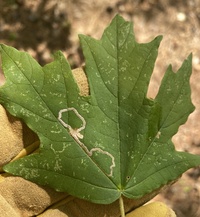
| Recorded by: David George on 2022-08-29
Durham Co.
Comment: |

| Recorded by: Jim Petranka and Becky Elkin on 2022-08-25
Clay Co.
Comment: | 
| Recorded by: Jim Petranka and Becky Elkin on 2022-08-25
Clay Co.
Comment: |
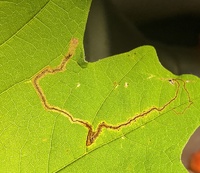
| Recorded by: David George on 2022-08-22
Orange Co.
Comment: | 
| Recorded by: Jim Petranka on 2022-08-04
Buncombe Co.
Comment: |

| Recorded by: Jim Petranka on 2022-07-24
Catawba Co.
Comment: | 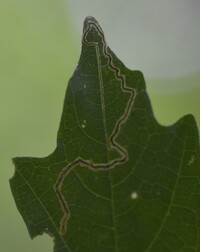
| Recorded by: Tracy S. Feldman on 2022-06-27
Durham Co.
Comment: |
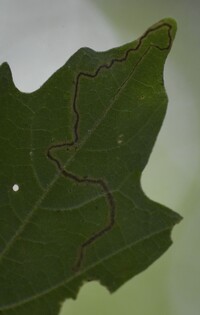
| Recorded by: Tracy S. Feldman on 2022-06-27
Durham Co.
Comment: | 
| Recorded by: Ken Kneidel on 2021-11-18
Mecklenburg Co.
Comment: |
|

 »
»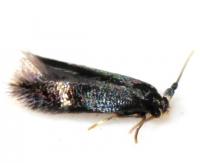

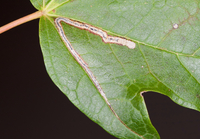
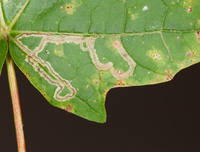

 »
»


